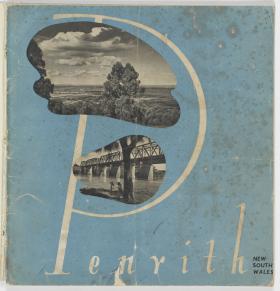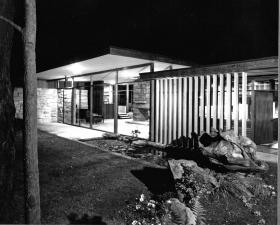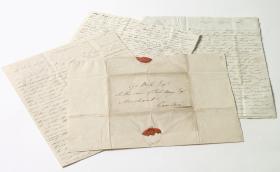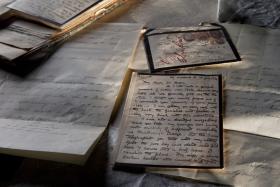The Library recently acquired the Max Dupain Exhibition Negative Archive with more than 25,000 negatives that were not part of his commercial business. Max Dupain and Associates was well-known for its architectural and commercial photography.
The archive, which concentrates on the 1930s, 40s and 50s when Dupain was at the height of his creative powers, includes many of his most iconic works including The Sunbaker, Jean with Wire Mesh and The Meat Queue. The Library is pleased to be the custodian of this enormous archive representing the full range of Max Dupain’s creative expression and is in the process of making this large collection accessible.
Renowned for his modernist, beach and architectural images, Max Dupain also recorded more routine scenes of everyday life. Among his negatives is an extraordinary visual record of Penrith in 1948.
From the 1930s to the 1970s, advertising expert Oswald Ziegler made a career out of commercialising contemporary Australian photography, producing a series of lavishly illustrated book on topics ranging from the Victorian Centenary to the opening of the Sydney Opera House. Ziegler also hit on the idea of creating a series of well-designed brochures to promote the agricultural, industrial, residential and tourist potential of regional towns and cities such as Brisbane, Newcastle and Goulburn.
At the end of World War II, Penrith was an outer Sydney suburb with a population of just 15,000, when the entrepreneurial Mr Zeigler approached the local council with the idea of creating just such promotional tool to publicise Penrith and adjoining St Marys. From time to time, Ziegler’s books had featured photographs taken by well-known photographers. In this instance, Max Dupain was engaged as the photographer and, by October 1948, 5000 copies of Zeigler’s 30-page brochure had been produced.




